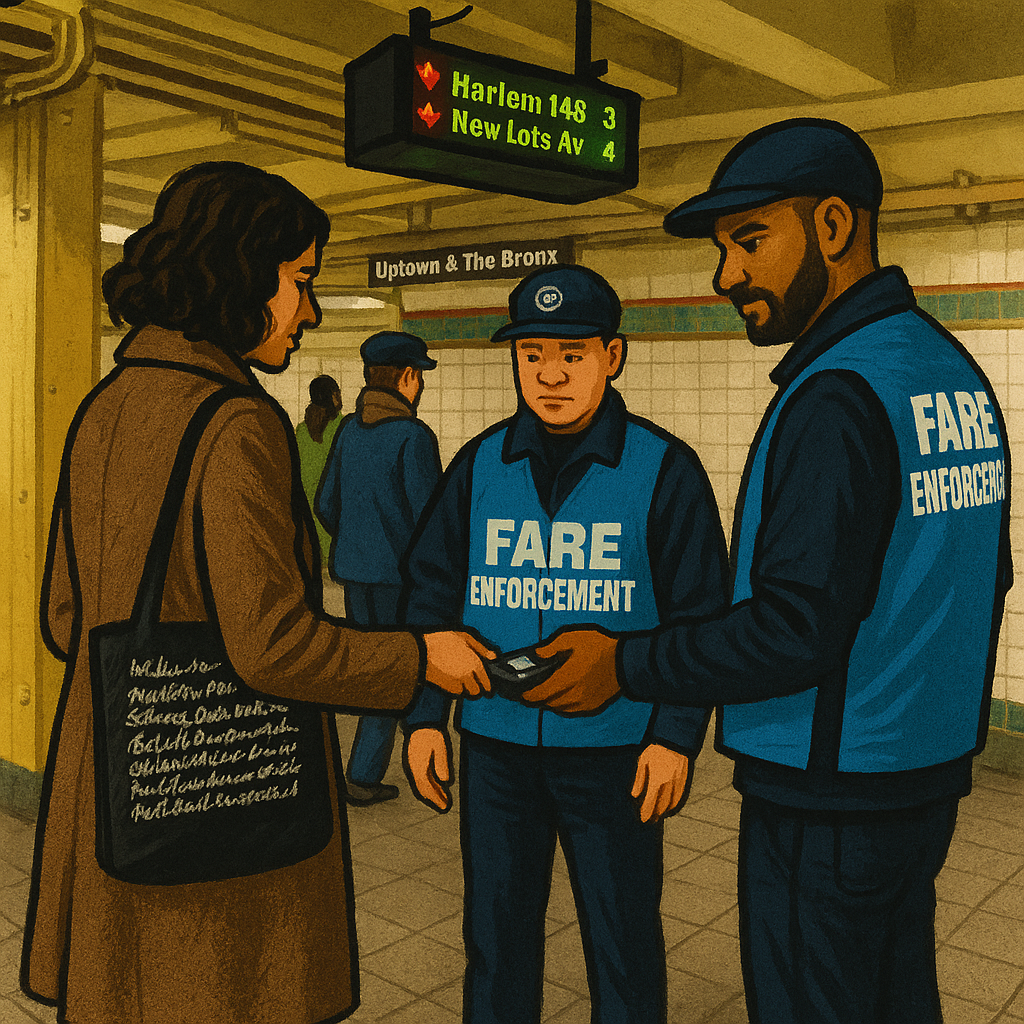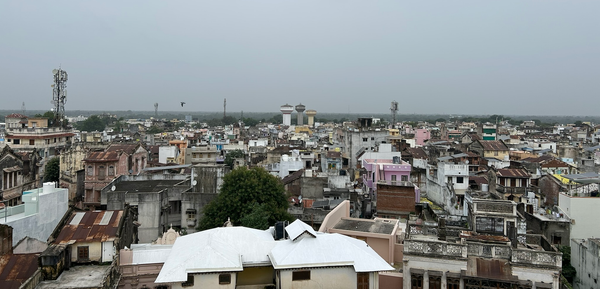Bus and subway fare enforcement: It's time for a smarter approach

My 12-year-old son and I ride the bus and subway almost every day. On the bus, it’s rare to see anyone tap their fare. Are we chumps for paying?
The subway has improved recently, with security guards now stationed by many turnstiles. But we still often see people jumping the turnstile or slipping in through the exit door.
Fare enforcement on New York City’s buses and subways is crucial—not just for revenue, but for maintaining a culture of mutual respect among riders.
When people don't pay, it sends a message that rules are optional. It undermines both fairness and the sense of order and safety that make public transit usable. Over time, it encourages non-compliance with other rules that affect comfort and reliability.
Is it too much to ask riders to pay the fare?
Critics often argue that fare enforcement disproportionately affects low-income New Yorkers. But it's worth considering the relative affordability of transit in the city. With the OMNY system, fares are capped at $34 per week—less than $150 per month. Low-income residents qualify for a 50% discount.
In contrast, the average American household spends more than $13,000 on transportation—seven times as much. New York's cost of living is exorbitant, but public transit isn't the reason why.
Our enforcement model is flawed and outdated
Today, fare evasion in NYC can still lead to criminal charges. Jumping a turnstile is technically theft of services—a Class A misdemeanor punishable by up to a year in jail, though it's rarely prosecuted that way.

This approach is costly: Processing a single criminal summons costs hundreds, if not thousands, of dollars. It distracts both the police and the courts. It takes an officer 10 to 15 minutes just to issue a basic ticket.
And it's counterproductive. Processing low-level offenses through the criminal justice system can affect someone's job, housing, or immigration status—especially for undocumented New Yorkers.
By contrast, if you get pulled over for driving 85 in a 65 zone, you'll get a fine—but not a criminal summons.
We can learn from other systems
Other transit systems handle fare evasion more efficiently:
- Long Island Rail Road (LIRR): Riders without valid tickets are charged a penalty fare on the spot. If they don't pay, they receive a civil—not criminal—summons.
- Paris Métro: Fare inspectors conduct random checks. If you’re caught, you pay a fine immediately or face a higher penalty if paid later. There’s no courtroom. No ID check. Just a receipt.

These systems don't criminalize fare evasion. They just make it inconvenient enough that it becomes easier, and cheaper, to follow the rules.
Modernizing fare enforcement in NYC
With OMNY in place, New York has a real opportunity to modernize fare enforcement:
- Fare inspection teams: Expand the MTA's fare inspector program to cover both buses and subways. Teams of four are already in use—let's scale it up. These teams will cover their own cost, and then some.
- On-the-spot verification and payment: Equip inspectors with handheld devices to check fare history and issue fines on the spot. In Paris and on the LIRR, you simply pay with a credit card. No ID, no summons, no courtroom—just a receipt.
- Decriminalize fare evasion: Shift to civil penalties for low-level fare violations. Reduce the burden on police and courts, avoid long-term consequences for minor infractions, and focus enforcement on improving compliance.
Fare enforcement shouldn’t be a flashpoint—it should be functional. If we want a transit system that works, we need a system that respects both riders and the rules.



